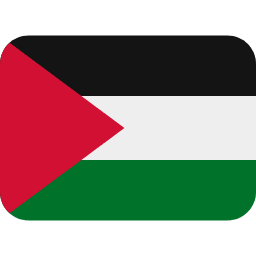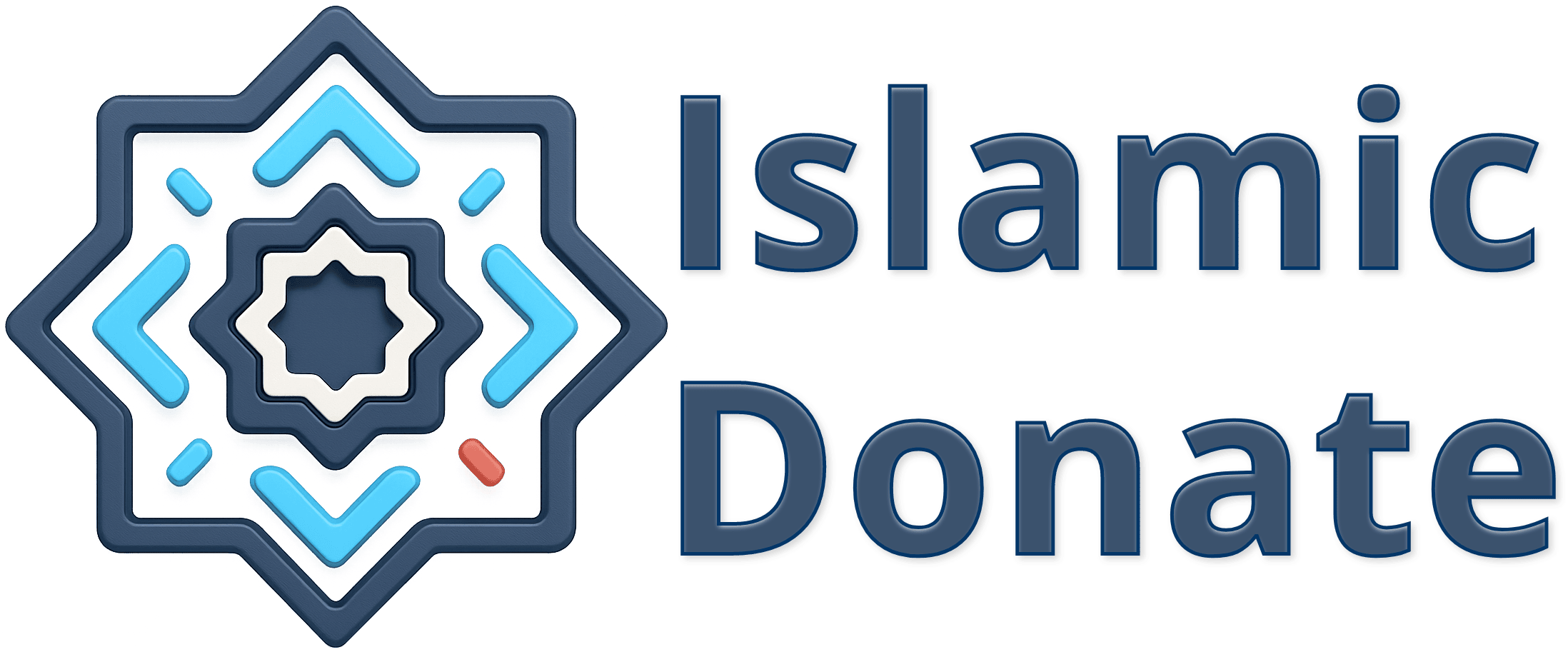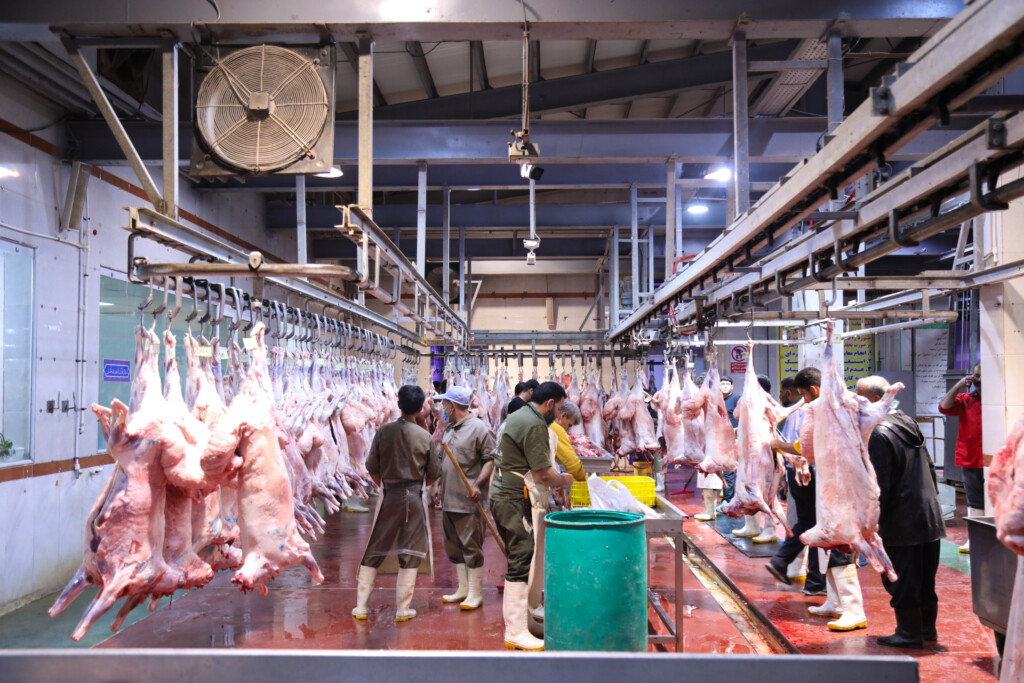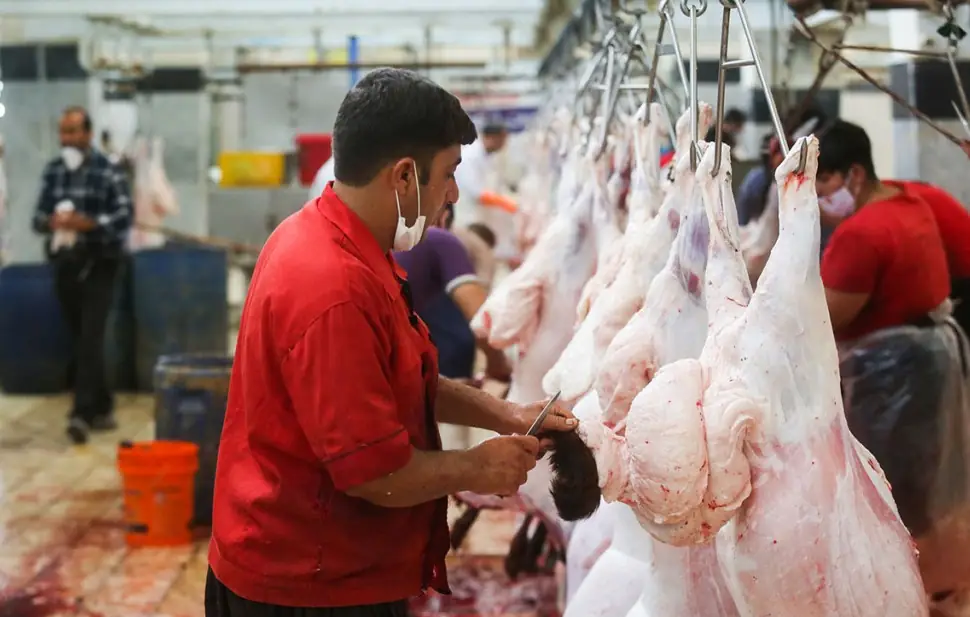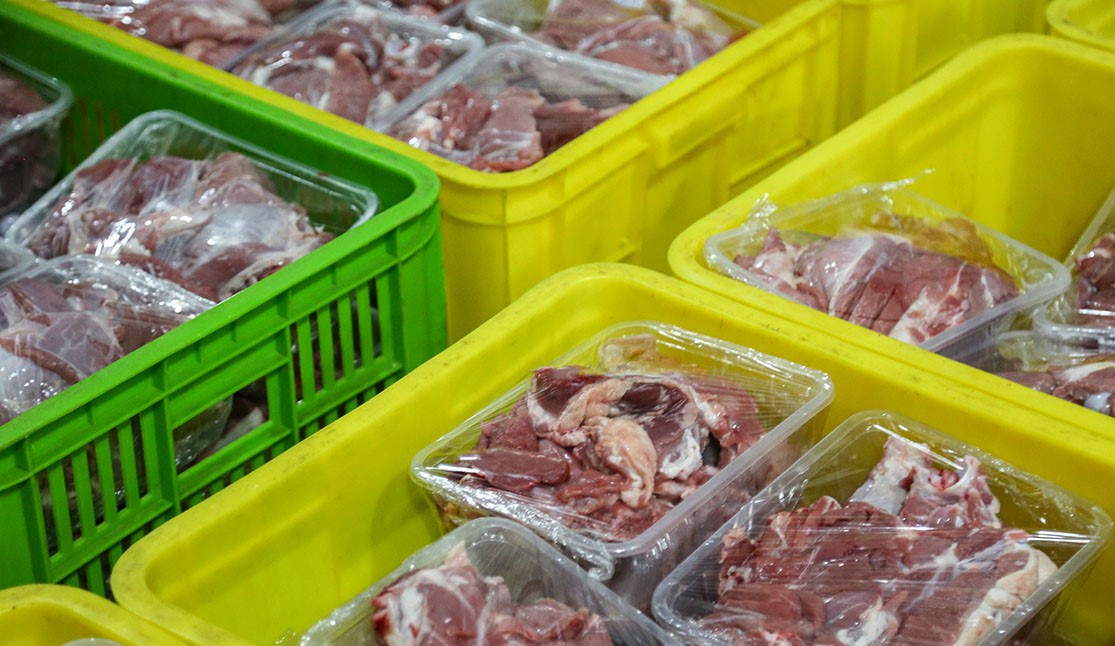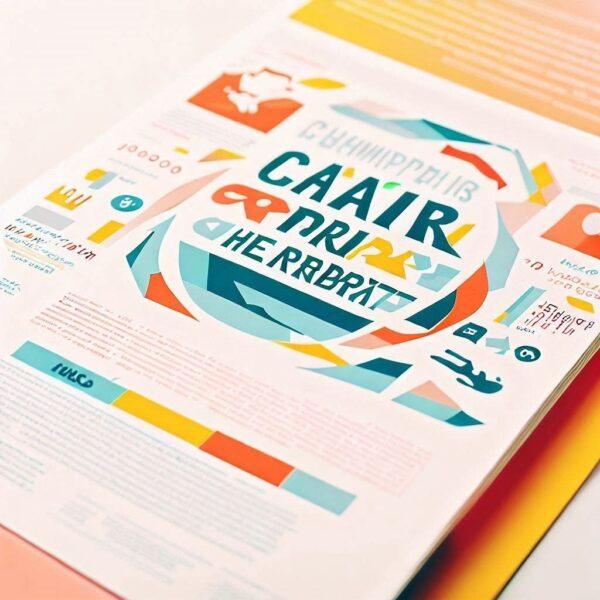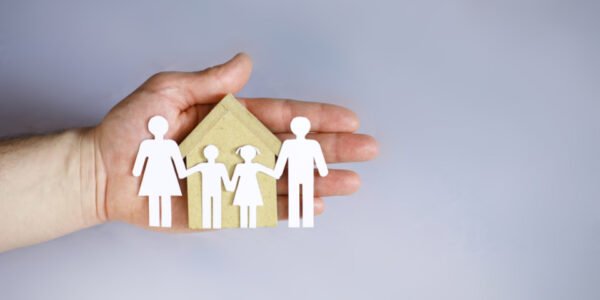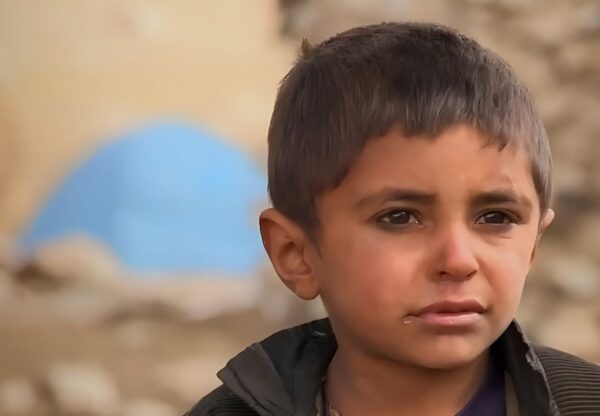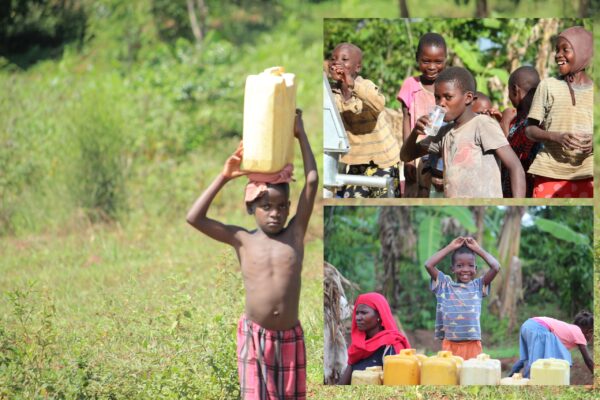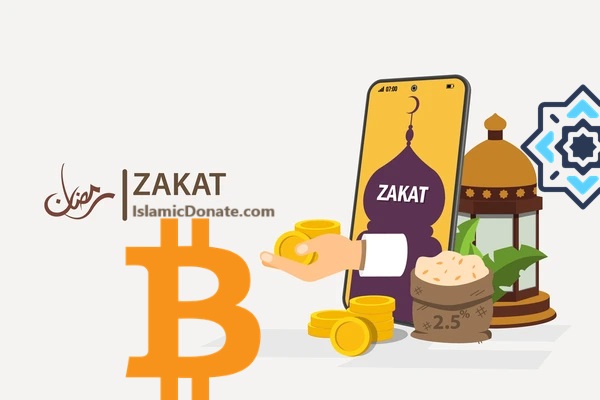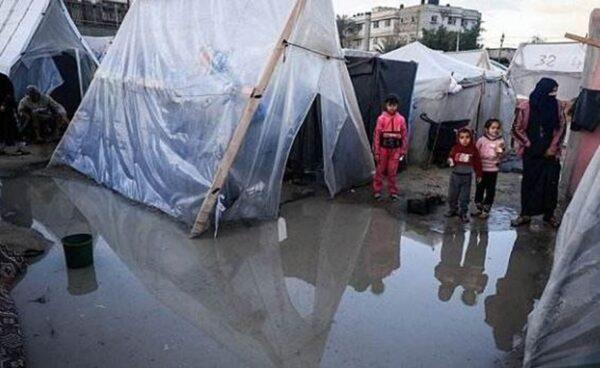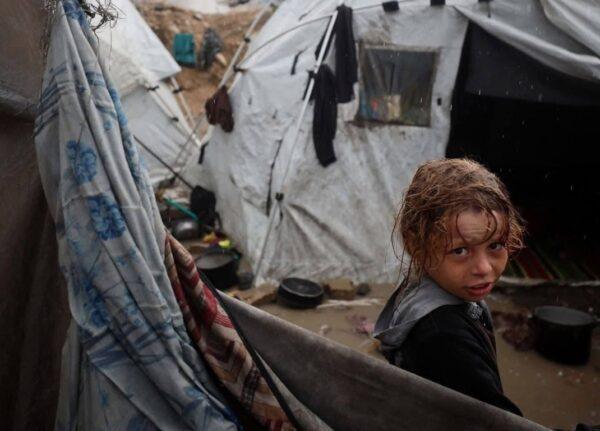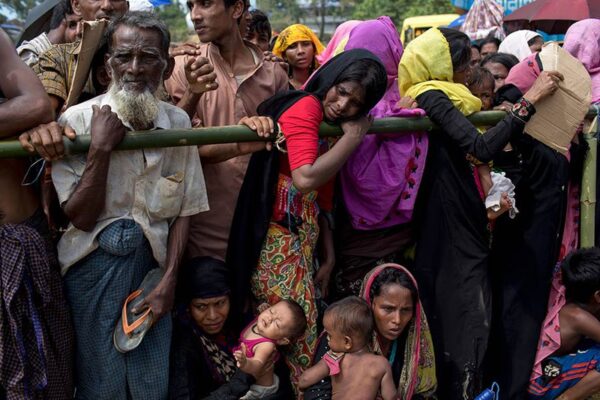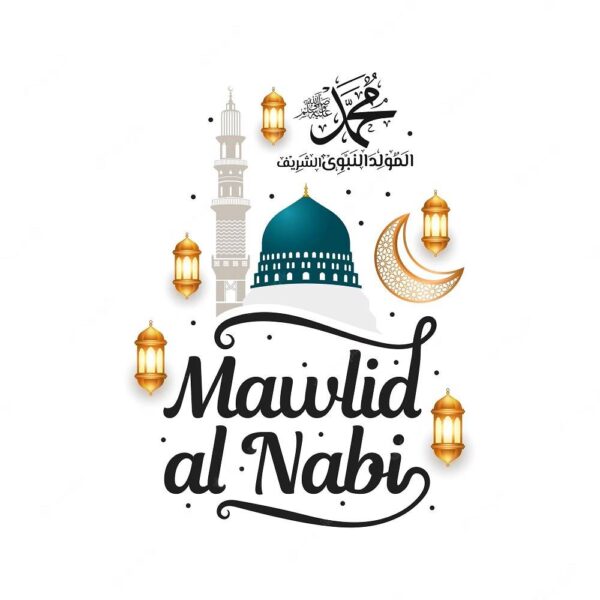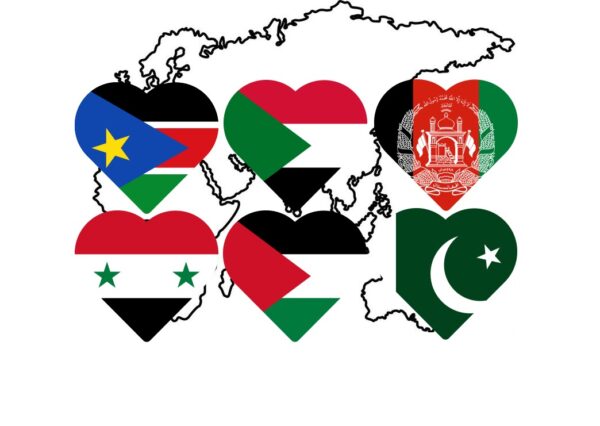The Quran is a rich source of stories and teachings that have been passed down for generations. Among the most significant of these stories is that of Prophet Ibrahim’s sacrifice, which is commemorated every year during the Festival of Sacrifice, also known as Eid al-Adha.
The Story of Prophet Ibrahim (Abraham) and the Significance of Qurbani
The Quran recounts numerous stories and teachings that have profoundly shaped Islamic tradition. Among these, the narrative of Prophet Ibrahim’s (Abraham) willingness to sacrifice his son stands as a powerful testament to faith, obedience, and divine mercy. This event is commemorated annually during Eid al-Adha, the Festival of Sacrifice, a time of reflection, gratitude, and charitable giving for Muslims worldwide.
Prophet Ibrahim, revered as a patriarch in Islam, exemplified unwavering devotion to Allah. In a dream, he received a divine command to sacrifice his beloved son, Ismail (Ishmael). This command presented an unimaginable test, forcing Ibrahim to reconcile his paternal love with his absolute faith in Allah. Understanding that this was a trial of his submission and trust, he prepared to fulfill the divine will.
As Ibrahim was about to carry out the sacrifice, Allah, in His infinite mercy, intervened. A ram was sent as a substitute for Ismail, sparing the son’s life and demonstrating the ultimate reward for unwavering faith and obedience. This act of divine intervention is a central tenet of Eid al-Adha, reminding Muslims of the boundless mercy of Allah and the importance of complete submission to His will.
Qurbani: A Sacred Ritual of Sacrifice and Sharing
The commemoration of Prophet Ibrahim’s sacrifice is manifested in the ritual of Qurbani, the sacrifice of an animal during Eid al-Adha. This act is more than just a symbolic gesture; it is a practical expression of empathy and solidarity with those less fortunate. The meat from the sacrificed animal is traditionally divided into three portions: one for the family performing the Qurbani, one for relatives and friends, and one for the poor and needy. This distribution underscores the Islamic values of sharing, compassion, and social responsibility.
Beyond the religious obligation, Qurbani carries profound ethical and social significance. It serves as a constant reminder of the sacrifices made by Prophet Ibrahim and his family, prompting Muslims to reflect on their own willingness to sacrifice for the sake of Allah and the betterment of humanity. Qurbani fosters a sense of community and shared responsibility, uniting Muslims in a collective act of worship and charity. It reinforces the understanding that material possessions are a trust from Allah and should be used to benefit others, especially those in need.
Relief Qurbani: Addressing Global Needs and Alleviating Suffering
In contemporary times, the concept of Qurbani has expanded to address the pressing needs of vulnerable populations worldwide. Relief Qurbani programs have emerged as a vital mechanism for providing sustenance and support to those affected by poverty, conflict, natural disasters, and other humanitarian crises. These initiatives facilitate the distribution of Qurbani meat to impoverished communities in remote areas, refugee camps, and disaster-stricken regions, ensuring that families have access to nutritious food during times of hardship.
Relief Qurbani offers a tangible way for Muslims to translate their faith into action, embodying the Islamic principles of compassion, justice, and social responsibility. By contributing to Relief Qurbani programs, individuals can directly alleviate suffering, improve the well-being of marginalized communities, and make a meaningful difference in the world. These programs also promote sustainable development by supporting local farmers and livestock producers, contributing to economic empowerment and food security.
Expanding the Scope of Qurbani: Addressing Modern Challenges
While the core principles of Qurbani remain timeless, its application can be adapted to address contemporary challenges. In addition to providing meat to the needy, Qurbani funds can be utilized to support sustainable agriculture initiatives, promote animal welfare, and invest in long-term development projects. By embracing innovation and incorporating ethical considerations, Qurbani can evolve into a powerful tool for social transformation.
Considerations for Ethical Qurbani: Animal Welfare and Environmental Impact
As awareness of animal welfare and environmental sustainability grows, it is crucial to ensure that Qurbani practices align with ethical principles. This includes promoting humane treatment of animals during all stages of the process, from transportation to slaughter. Supporting local farmers who adhere to ethical and sustainable farming practices can minimize the environmental impact of Qurbani. Furthermore, exploring alternative methods of meat preservation and distribution can help reduce waste and maximize the benefits for those in need.
Learn more about Relief Qurbani
1.What is the meaning of Qurbani in Islam?
Qurbani, derived from the Arabic word “qurban,” literally means “sacrifice” or “offering.” In Islam, it refers to the ritual sacrifice of an animal (usually a sheep, goat, cow, or camel) during Eid al-Adha, the Festival of Sacrifice. The act commemorates Prophet Ibrahim’s willingness to sacrifice his son Ismail as an act of obedience to Allah. It symbolizes submission to God’s will, gratitude for His blessings, and empathy for those less fortunate.
2. How to perform Qurbani according to Islamic guidelines?
Performing Qurbani involves specific guidelines. The animal must be healthy and free from defects. It should be slaughtered in a humane manner, invoking the name of Allah (Bismillah) before the slaughter. The animal’s throat should be cut swiftly to minimize suffering. It is recommended to face the animal towards the Qibla (direction of prayer). The meat should be divided, with a portion for the family, relatives/friends, and the poor.
3.What are the rules for Qurbani animals?
The animal chosen for Qurbani must meet certain criteria. It should be of a minimum age (usually one year for sheep and goats, two years for cows, and five years for camels). The animal must be healthy and free from any significant defects, such as blindness, lameness, or severe illness. These rules ensure that the sacrifice is of the highest quality and reflects respect for Allah’s blessings.
4.Where can I donate for Qurbani online?
Many reputable Islamic charities and organizations offer online Qurbani donation services. Some popular options include Islamic Relief, Muslim Aid, and local mosques or community centers. It’s important to research the organization, ensuring they are transparent, accountable, and have a proven track record of distributing Qurbani meat to those in need.
5.What is the significance of Eid al-Adha?
Eid al-Adha, the Festival of Sacrifice, is one of the two most important Islamic holidays. It commemorates Prophet Ibrahim’s willingness to sacrifice his son Ismail as an act of obedience to Allah. The festival is a time of celebration, prayer, family gatherings, and charitable giving. It emphasizes the importance of faith, submission, and compassion in Islam.
6. How does Relief Qurbani help those in need?
Relief Qurbani programs provide essential meat to impoverished and vulnerable communities during Eid al-Adha. This helps alleviate hunger, provides essential nutrients, and brings joy to families struggling with poverty, conflict, or natural disasters. Relief Qurbani ensures that those in need can participate in the festive spirit of Eid and receive much-needed support.
7. What types of animals are permissible for Qurbani?
The animals permissible for Qurbani are sheep, goats, cows, and camels. These animals are considered Halal (permissible) in Islam and meet the requirements for sacrifice. Chickens and other birds are not typically used for Qurbani, though they can be given as charity during Eid.
8. What is the best time to perform Qurbani?
Qurbani can be performed from after the Eid al-Adha prayer on the 10th of Dhul-Hijjah until sunset on the 12th of Dhul-Hijjah. These three days are known as the Days of Tashreeq. It is generally preferred to perform the Qurbani on the first day (10th of Dhul-Hijjah) if possible.
9. What percentage of Qurbani meat should be given to the poor?
While not strictly mandated, it is a common practice to divide the Qurbani meat into three portions: one for the family performing the Qurbani, one for relatives and friends, and one for the poor and needy. Ideally, at least one-third of the meat should be given to those in need, reflecting the spirit of charity and compassion.
10. How can Qurbani contribute to poverty alleviation?
Qurbani provides a vital source of protein and essential nutrients to impoverished communities, helping to combat malnutrition and improve overall health. By distributing meat to those in need, Qurbani alleviates immediate hunger and contributes to long-term poverty alleviation efforts. It also supports local livestock farmers, boosting their income and contributing to economic development.
11. Is Qurbani obligatory for all Muslims?
Qurbani is not obligatory (fard) for all Muslims, but it is highly recommended (Sunnah Muakkadah) for those who are financially able to afford it. Muslims who meet the Nisab threshold (the minimum amount of wealth that makes a Muslim liable to pay Zakat) are encouraged to perform Qurbani.
12. How to choose a reputable Qurbani charity?
When choosing a Qurbani charity, consider the following:
- Transparency: Look for charities that are open about their operations and finances.
- Accountability: Ensure the charity is accountable to donors and beneficiaries.
- Track Record: Research the charity’s history and past projects.
- Local Presence: Charities with a strong local presence are often more effective at distributing Qurbani meat to those in need.
- Reviews and Ratings: Check online reviews and ratings to gauge the charity’s reputation.
13. What are the ethical considerations for Qurbani?
Ethical considerations for Qurbani include:
- Humane Treatment of Animals: Ensuring animals are treated with respect and compassion during all stages of the process.
- Sustainable Practices: Supporting local farmers who adhere to ethical and sustainable farming methods.
- Environmental Impact: Minimizing the environmental impact of Qurbani by reducing waste and promoting responsible consumption.
- Fair Labor Practices: Ensuring that workers involved in the Qurbani process are treated fairly and receive fair wages.
14. How does Qurbani promote community solidarity?
Qurbani fosters a sense of community and shared responsibility among Muslims. The act of sharing the Qurbani meat with family, friends, and the poor strengthens social bonds and reinforces the importance of caring for one another. It unites Muslims in a collective act of worship and charity, promoting unity and solidarity within the community.
15. What is the history behind Qurbani?
The history of Qurbani is rooted in the story of Prophet Ibrahim’s willingness to sacrifice his son Ismail as an act of obedience to Allah. This event is recounted in the Quran and is a central tenet of Islamic faith. When Ibrahim was about to carry out the sacrifice, Allah intervened and provided a ram as a substitute. This act of divine intervention is commemorated annually during Eid al-Adha through the ritual of Qurbani.
Embodying the Spirit of Sacrifice and Compassion
The story of Prophet Ibrahim’s sacrifice and the ritual of Qurbani serve as enduring symbols of faith, obedience, and generosity. As Muslims, we are called upon to emulate these values in our daily lives, striving to make a positive impact on the world through acts of compassion, charity, and social responsibility. By embracing the spirit of Qurbani, we can help alleviate suffering, promote justice, and build a more equitable and sustainable future for all. Let us remember that Qurbani is not merely a religious obligation, but a powerful opportunity to express our love for Allah and our commitment to serving humanity.
Relief Qurbani is an excellent way for Muslims to embody the spirit of compassion and generosity that is at the heart of Islam. By giving to those in need, Muslims can help to alleviate suffering and make a positive impact on the world. It is a reminder that even in the face of adversity, we can make a meaningful difference in the lives of others.
In the spirit of Prophet Ibrahim’s unwavering devotion and the timeless message of Qurbani, we invite you to turn faith into action. At IslamicDonate, we strive to honor the legacy of sacrifice by delivering hope, dignity, and sustenance to the most vulnerable. Your Qurbani can travel far–reaching the forgotten, feeding the hungry, and reviving hearts with mercy. Let your sacrifice this Eid become a source of light for others. Learn more and give at IslamicDonate.com
